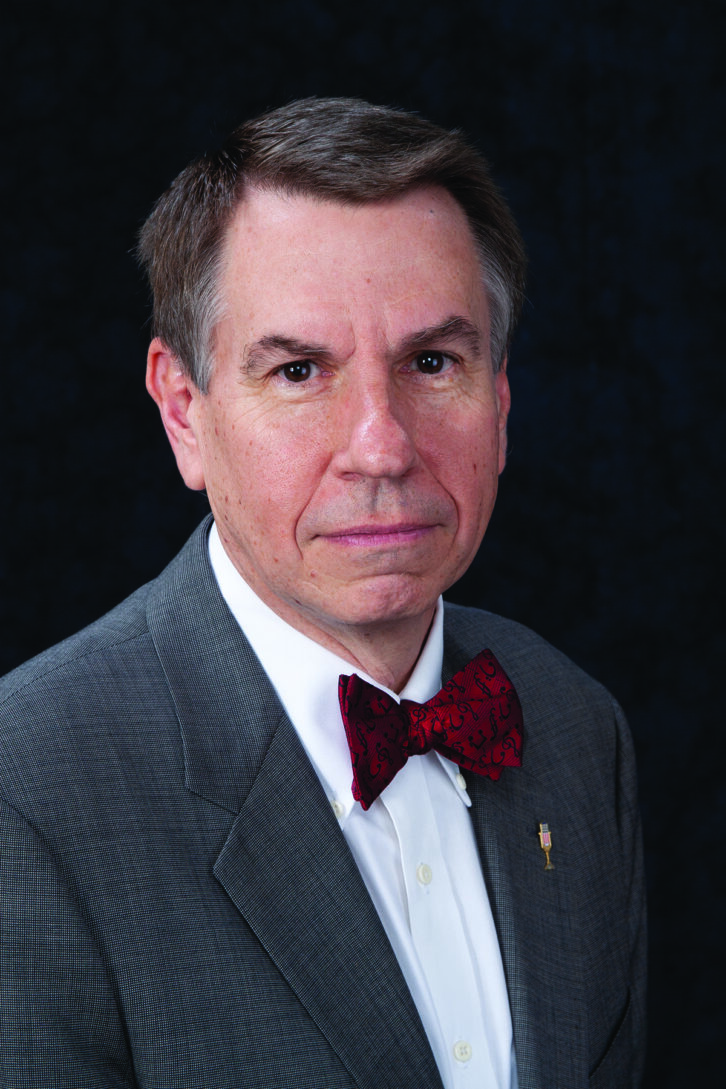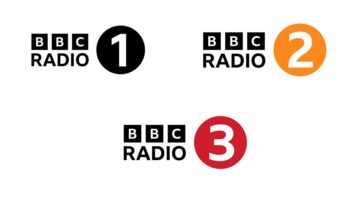Frank McCoy recently retired from his role as chief engineer for the Salem Media properties in Chicago, legendary directional AM stations WIND and WYLL. He’d worked there since 2010, overseeing the technical assets of three transmitter sites and a studio complex. He also worked for ABC, Gannett, Skywave Inc., Capstar Broadcasting Partners and American Media Services. He does consulting work and is the managing member for an LLC that owns several FM translators.
Radio World: Frank, how can broadcasters maximize coverage of their FM over-the-air signals?

Frank McCoy: Coverage is basically limited by co-channel and first-adjacent-channel interference. FM HD is well into the guard band between co- and first-adjacent, more or less by design. An all-HD world might employ error correction-type schemes to sort out this kind of interference. Analog FM detectors of the discriminator kind just decode what they pick out of the air, so there’s no fixing that.
On the other hand, the FM band interference rules for second- and third-adjacent channels are completely pointless. They came, in part I suppose, from similar rules for AM at the time. Early analog tuned FM receivers had AFC, a feedback-driven system for maintaining receiver tuning and compensating for drift. Strong adjacent-channel signals would capture the AFC and made listening to distant signals difficult.
Plus in those days, FM meant “Forget Money,” so there just wasn’t that much demand for FM allocations. Aside from dividing the FM revenue pie — likely to be resisted by the incumbent players — there is no reason the number of FM outlets couldn’t double using existing analog methodology. A ceramic 10.7 MHz IF filter costs a quarter. An FM receiver with a cascade of these will experience no ill effects from a strong signal 200 kHz (first adjacent) away. Contrast this with the inductor-capacitor IF “cans” of the era that included AFC. Radios are way better. Allocations should recognize the improvement.
RW: What strategies are 21st century consulting engineers deploying to squeeze the most out of FCC allocations?
McCoy: Some clever ideas have gotten engineers and licensees in trouble. A Texas group advertised their signal for sale and included a coverage contour map that looked very asymmetric for what should have been an omnidirectional facility. Turns out they’d researched on the antenna range what distance the antenna needed to be from the tower in order to maximize the signal towards the population center. Their rim shot had some extra juice —nearly 6 dB worth if memory serves — in one direction. A competing broadcaster pointed this out to the FCC and included the sales literature with the description of the coverage and the “how it was done.” The FCC staff put an end to that cleverness by imposing an overall power reduction, nixing the gain they’d created with exotic engineering.
[Check Out More of Radio World’s Tech Tips]
RW: When consultants look at a station’s signal footprint today, what techniques are they using to improve it? What options might they recommend?
McCoy: Most licensees — and that includes most corporate group engineers — have little understanding of the three-dimensional chess game that is allocations. The FCC has constrained much of this work with two rulemakings in the past decade.
The first was the change from notice, counterproposal and comment-type processes for significant changes, to the FM table of allocations. Now city changes and interrelated channel changes are handled as applications, entitled to first-come-first-served processing. While streamlining, this also limits most rearrangements to four or fewer participating stations.
The second significant change was the Rural Radio rulemaking that sought to limit moves of stations from outlying areas into more urbanized places. This had the effect of limiting new entrants and new voices in populous areas. The jury is still out on the public benefit of that one, but it was applauded by the community of existing broadcasters in those same larger markets.
One piece of advice, learned from heartbreaks I’ve personally witnessed and caused: If your FM station has an option to upgrade in class and you don’t file it, perhaps because you don’t really want to budget for the upgrade, or whatever reason, you are a prime target for those looking for upgrades for others. Nightmare scenario? Some other licensee, likely a smaller player in your market, forces a channel swap, then takes first your frequency and then the upgrade you dilly-dallied over. You get shifted somewhere else on the band. Talk about a business model disrupting experience!
But read your license. The FCC specifically excludes any exclusive right to operate on a particular frequency. There are people like me looking to claim spectrum for paying clients and all is fair within the FCC rules. You have been warned.
RW: What about translator plays, rimshots and other time-tested techniques, what role do they play in 2022?
McCoy: Translators simply prove that the interference rules are entirely overkill, based on receiver technology from 1960. Rim shots invariably are on second- or third-adjacent channels.
If the FCC is looking for a solution for AM broadcasters, whose spectrum is hopelessly polluted by uncontrolled switching power supplies and industrial-scale interference hash, rimshots are probably it. But not as they are now. Instead, subject to waivers of the kind afforded to translator moves where there is an AM primary station, move those rimshots into markets those same AMs now serve. Then sunset the AM licenses. Again, recognize that receivers are better for the 60 years of design progress.
This interview appeared in the Radio World ebook “Maximizing RF Coverage.”












